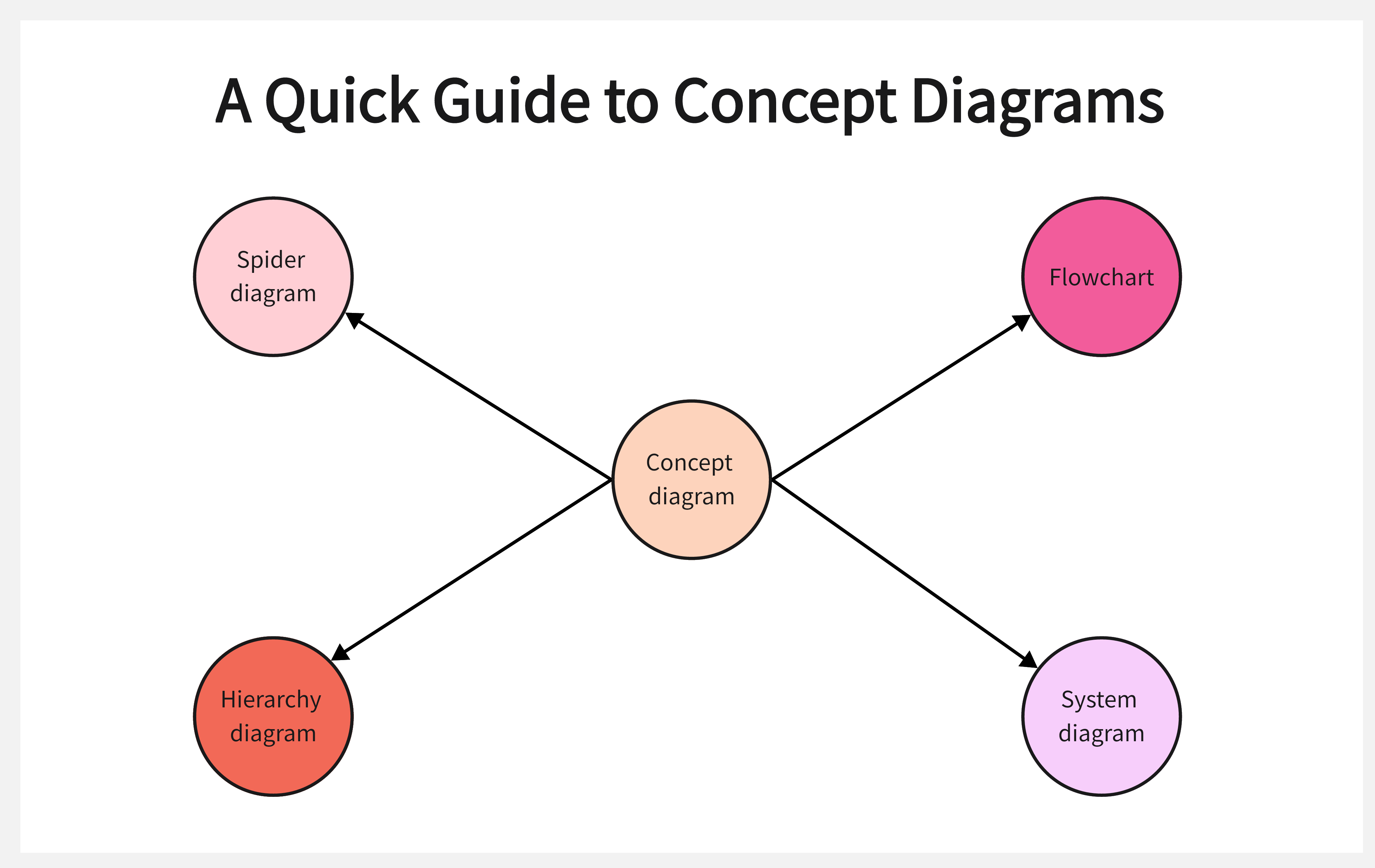Understanding Earthquake Measurement: The Definitive Guide to Magnitude and Intensity
Did you know that the largest earthquake ever recorded, the 1960 Valdivia earthquake in Chile, measured a staggering 9.5 on the moment magnitude scale, yet some areas experienced relatively low intensity due to factors like soil composition and building construction? This highlights the crucial distinction between the absolute energy released and the localized effects felt.
Understanding Earthquake Magnitude
Earthquake magnitude is a quantitative measure of the size of an earthquake, representing the energy released at its source, the hypocenter (or focus). It's a single number that characterizes the overall event, irrespective of location. The most widely recognized earthquake measurement used historically was the Richter scale, developed by Charles F. Richter in 1935. However, the Richter scale has limitations, particularly for large earthquakes. It tends to underestimate the magnitude of events above 6.8. Today, the moment magnitude scale (Mw) is the preferred method for determining magnitude, especially for larger earthquakes, as it provides a more accurate assessment of the total energy released. A key feature of magnitude scales is that they are logarithmic. This means that each whole number increase on the scale represents a tenfold increase in amplitude of the seismic waves and roughly a 32-fold increase in energy released. For instance, a magnitude 6.0 earthquake releases about 32 times more energy than a magnitude 5.0 earthquake.
The magnitude is determined by analyzing seismic waves recorded on seismographs. These instruments detect and measure the amplitude and duration of different types of seismic waves, such as P-waves (primary waves) and S-waves (secondary waves). The distance to the earthquake's epicenter (the point on the Earth's surface directly above the hypocenter) is also factored into the calculation. The moment magnitude scale, specifically, considers the seismic moment, which is related to the area of the fault that ruptured, the average amount of slip on the fault, and the rigidity of the rocks. This provides a more comprehensive measure of the earthquake's size.
Limitations of the Richter Scale
While historically significant, the Richter scale's limitations became apparent as seismology advanced. It's not effective for measuring distant earthquakes or accurately representing the size of very large earthquakes. These limitations led to the development and widespread adoption of the moment magnitude scale.
Advantages of the Moment Magnitude Scale
The moment magnitude scale offers significant advantages over the Richter scale, providing a more reliable and consistent measure of earthquake size, particularly for large events. Its connection to the physical parameters of the earthquake rupture makes it a more accurate representation of the energy released.
Exploring Earthquake Intensity
Intensity, on the other hand, is a qualitative measure of the earthquake effects at a specific location. It describes how the earthquake is felt by people, and the extent of damage to buildings and infrastructure. The most commonly used intensity scale is the Modified Mercalli Intensity Scale (MMI), which assigns Roman numerals (I to XII) to describe the severity of shaking and damage. Unlike magnitude, which is a single value for each earthquake, intensity varies from location to location depending on factors such as distance from the epicenter, local geological conditions (soil type, presence of soft sediments), and building construction. For example, an area close to the epicenter might experience an intensity of VIII (severe damage), while an area further away might experience an intensity of IV (felt by many).
The Modified Mercalli Intensity Scale is based on observations of ground shaking, damage to structures, and reports from people who experienced the earthquake. Intensity I is generally not felt, while intensity XII represents total destruction. An intensity of VI indicates that the earthquake is felt by all, some heavy furniture moved, and damage is slight. Assessments of intensity are crucial for understanding the spatial distribution of earthquake effects and for informing disaster response and mitigation efforts. They also help in understanding the regional variation in ground motion due to local geological conditions.
According to a 2024 report by the USGS, analyzing intensity data from past earthquakes helps refine hazard maps and building codes, particularly in regions prone to seismic activity.
Factors Influencing Intensity
Several factors can influence the intensity of an earthquake at a given location, independent of the magnitude. These factors include:
- Distance from the Epicenter: Generally, intensity decreases with increasing distance from the epicenter.
- Local Geology: Soft soils and sediments can amplify ground motion, leading to higher intensity levels compared to areas with bedrock. This phenomenon is known as site amplification.
- Building Construction: The type and quality of building construction significantly affect the amount of damage. Buildings designed to withstand seismic activity will experience less damage than those that are not.
Magnitude vs. Intensity: A Detailed Comparison
The key difference between magnitude and intensity lies in what they measure. Magnitude quantifies the size of the earthquake itself, while intensity describes the effects of the earthquake at a particular location. One is a measure of the source; the other is a measure of the effect. While a single earthquake has only one magnitude, it can have many different intensity values, depending on the location. The relationship between magnitude and intensity is complex and influenced by a variety of factors, including the depth of the earthquake, the regional geology, and the quality of construction.
While there's no direct mathematical conversion between magnitude and intensity, empirical relationships have been developed based on past earthquakes. These relationships can provide estimates of the expected intensity distribution for a given magnitude earthquake, but they are subject to considerable uncertainty due to the factors mentioned above. Understanding both magnitude and intensity is crucial for effective earthquake hazard assessment and risk management. Magnitude provides an overall measure of the potential for damage, while intensity provides detailed information about the expected level of shaking and damage in specific areas.

The table below summarizes the key differences between magnitude and intensity:
| Feature | Magnitude | Intensity |
|---|---|---|
| Definition | A measure of the energy released by an earthquake. | A measure of the effects of an earthquake at a specific location. |
| Scale | Richter scale (historical), Moment magnitude scale (Mw) | Modified Mercalli Intensity Scale (MMI) |
| Value | Single value for each earthquake. | Varies depending on location. |
| Measurement | Based on seismic waves recorded on seismographs. | Based on observed ground motion, damage, and reports from people. |
| Factors | Related to fault rupture area, slip, and rock rigidity. | Affected by distance from epicenter, local geology, and building construction. |
Practical Applications of Magnitude and Intensity Data
Both magnitude and intensity data play critical roles in various aspects of earthquake science, engineering, and disaster management. Magnitude information is used to assess regional seismic activity, estimate the likelihood of future earthquakes, and develop earthquake early warning systems. Intensity data, on the other hand, is essential for creating hazard maps, designing earthquake-resistant structures, and planning emergency response strategies. By combining magnitude and intensity data, scientists and engineers can develop a more comprehensive understanding of earthquake hazards and risks.
Post-earthquake, intensity maps are used to assess the extent of damage and guide resource allocation for recovery efforts. Intensity data is also used to improve building codes and design standards to reduce the vulnerability of structures to future earthquakes. Furthermore, analyzing the relationship between magnitude and intensity for past earthquakes helps to refine models for predicting future ground motion and damage. The continuous monitoring of seismic activity and the collection of intensity data are essential for protecting communities from the devastating effects of earthquakes.
FAQ: Frequently Asked Questions
Here are some frequently asked questions about magnitude and intensity:
- Q: Can an earthquake have multiple magnitudes?
A: No, an earthquake has only one magnitude, which represents the overall size of the event. Different scales (like the Richter scale and the moment magnitude scale) might yield slightly different numbers, but they are all attempting to measure the same underlying quantity: the energy released. - Q: What is a "felt" earthquake?
A: A "felt" earthquake is one that produces ground motion noticeable to people. This typically corresponds to an intensity of III or higher on the Modified Mercalli Intensity Scale. - Q: Why do some areas experience more damage than others in the same earthquake?
A: This is primarily due to variations in intensity, which are influenced by factors such as distance from the epicenter, local geology (especially soil conditions), and the quality of building construction. Soft soils can amplify ground motion, leading to greater damage.
What is the ShakeMap?
ShakeMap is a product developed by the USGS that displays the intensity of shaking following an earthquake. It uses data from seismometers and, increasingly, crowd-sourced data from devices like smartphones to map the spatial distribution of shaking intensity, providing valuable information for emergency response and damage assessment.
Can Intensity Predict Magnitude?
While individual intensity reports cannot precisely predict magnitude, the spatial pattern of intensity, particularly the area over which high intensities are observed, can provide an estimate of the earthquake's size. This is especially true in areas with well-characterized geological conditions.
| Scale | What it Measures | Pros | Cons |
|---|---|---|---|
| Richter Scale | Amplitude of seismic waves | Easy to calculate, Historical significance. | Inaccurate for large earthquakes. Underestimates magnitude for quakes larger than 6.8. |
| Modified Mercalli Intensity Scale | Observed earthquake effects | Useful for understanding the localized impact. Considers the ground motion, damages. | Subjective, Varies according to location. |
| Moment Magnitude Scale | Seismic moment | More accurate and reliable for large earthquakes. | Complicated Calculations. |
Understanding the nuances between earthquake magnitude and intensity is crucial for anyone involved in earthquake research, hazard mitigation, or disaster response. Both measures provide valuable, but distinct, information about the nature and impact of these powerful natural events. Remember, magnitude tells you how big the earthquake was, while intensity tells you how it affected specific locations.
We hope this comprehensive guide has clarified the important differences between earthquake magnitude and intensity. Do you have any questions or experiences to share? Please leave a comment below – we'd love to hear from you!

